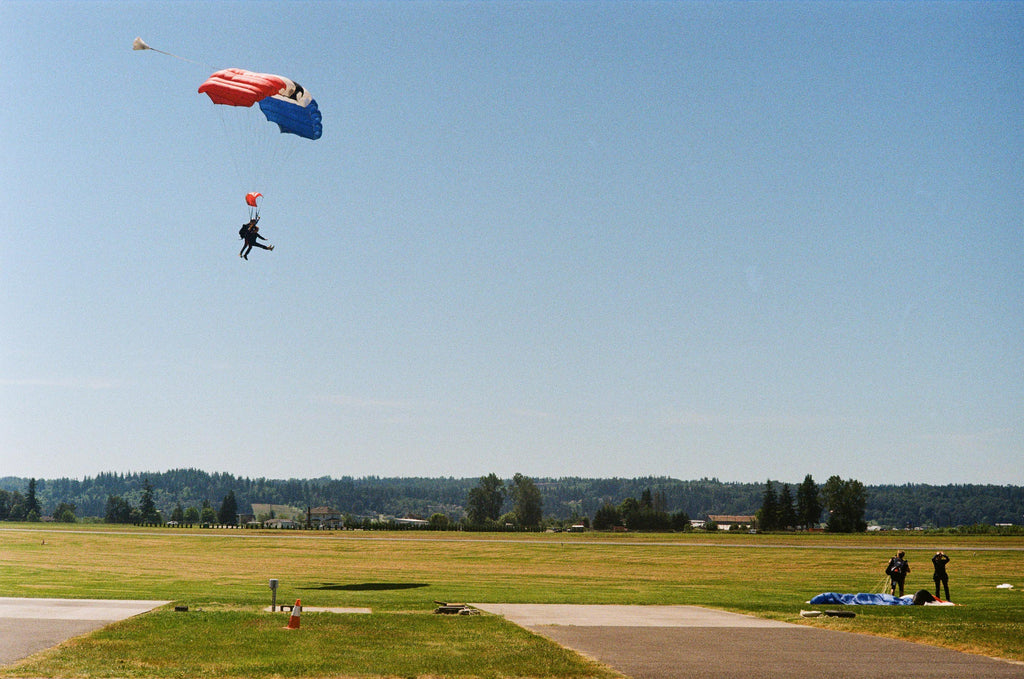We've all been there: you just got a new camera and it doesn't have a light meter (or you don't trust the one in it just yet). Either way, there you are, out in the wild and left to your own device(s). How do you ensure the photos you take are going to be correctly exposed?
Look no further than the Sunny 16 Rule!
The sunny 16 rule is ridiculously simple, so much so that I didn't trust it when I first heard about it. But lo and behold, it's been around so long because of those reasons. When using the Sunny 16 Rule:
If your subject is in broad, sunny daylight: take your film speed (ISO #) and match it (as close as you can) with your shutter speed and set your aperture to f16. Easy!
For example: you're out on a sunny summer afternoon and there isn't a cloud in the sky. You have a fresh roll of Portra 400 loaded into your camera. All you'd need to do in this scenario is match your shutter speed to 1/400 and your aperture to f16. 1/400 is a bit of a unique number, so you can also go to 1/500 and you should be alright.
But what if it's not broad daylight?
Thankfully, the rule doesn't stop there!
| f/22 | Snow or sand | |
| f/16 | Sunny (no clouds) | |
| f/11 | Slight overcast | |
| f/8 | Overcast | |
| f/5.6 | Heavy overcast | |
| f/4 | Shade/sunset |
It's a lot to get down at first, but once you do, you'll be a film photography pro!
What if I don't want to shoot f16?
Totally understandable! Sometimes we want a bit more depth of field instead of front-to-back focus. Lucky for you, it's super easy to adapt to whatever you're shooting! For every adjustment you make to your aperture, do the inverse with your shutter speed! If you open your aperture (smaller number & more depth of field) then speed up your shutter speed (smaller fraction, lets in less light). You can do this in any situation, and the only limitation is your camera + lens settings! Just adjust your settings in tandem to maintain a balance in your exposure.

